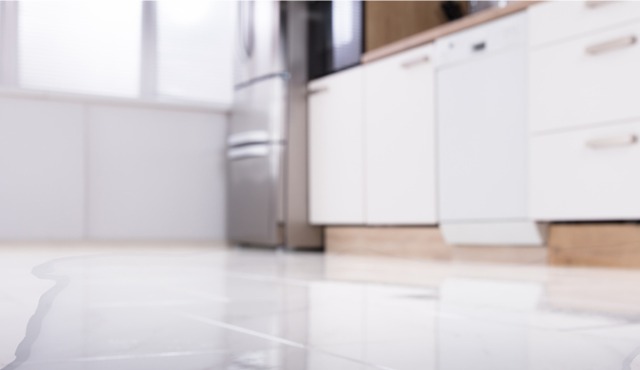By Meghan Belnap
Water damage is one of the most common issues that homeowners face, often causing significant and costly damage. When it comes to water damage, knowing what areas of your home are more susceptible can help you prevent water damage before it occurs. In this blog post, we’ll be discussing the most vulnerable areas in your home for water damage and what you can do to prevent it.
Basements and Crawl Spaces
Basements and crawl spaces are some of the most at-risk areas for water damage in your home. Due to their location, they often have a high level of humidity and are more prone to flooding. Mold and mildew thrive in moist environments, which can also lead to costly repairs. To prevent water damage, it’s essential to inspect your foundation for cracks or leaks regularly. You can also install basement waterproofing systems or a sump pump to help mitigate water damage risks. A company like United Water Restoration Group of Missouri City can help you with this.
Bathrooms and Kitchens
Bathrooms and kitchens are some of the most frequently used areas in homes, and they are also more prone to water damage. Leaky pipes or faucets, overflowing toilets, and bathtub or shower accidents can result in water damage and mold growth. To prevent water damage, it’s crucial to address any leaks immediately. Regularly checking bathroom and kitchen pipes and appliances for signs of wear and tear can help mitigate the risks of water damage.
Attics
Attics often harbor water damage, especially in areas that have poorly insulated or vented roofs. If your roof is old, it may require replacement, and signs of water damage, such as discoloration, must be addressed immediately. Making sure your attic venting is adequate is a good way to avoid moisture buildup and reduce the risk of water damage.
Laundry Rooms
Laundry rooms, especially those with washing machines located on upper floors, can be the source of water damage. Overflows and leaks from washing machines or a clogged dryer vent can lead to significant water damage. Ensuring that your washing machine hoses are regularly replaced and not overfilled, checking pipes periodically, and cleaning your dryer vent regularly can help you mitigate the risk of water damage.
Roof
Old or damaged roofs often result in water damage, especially if left unrepaired during heavy rainfall. Damaged shingles, gutters, or other roofing materials can allow water to seep into your home. It’s essential to regularly inspect your roof and repair any damages to avoid potential problems.
Water damage is a common occurrence in homes, and knowing which areas in your home are more susceptible to it can help you prevent costly damages. Keeping your home well-maintained and addressing any issues early can help you alleviate the chances of water damage. Taking necessary precautions and regular maintenance can save you from costly repairs and damages down the line.
 Meghan Belnap is a freelance writer who enjoys spending time with her family. She loves being outdoors and researching new topics that help to expand her horizons.
Meghan Belnap is a freelance writer who enjoys spending time with her family. She loves being outdoors and researching new topics that help to expand her horizons.








